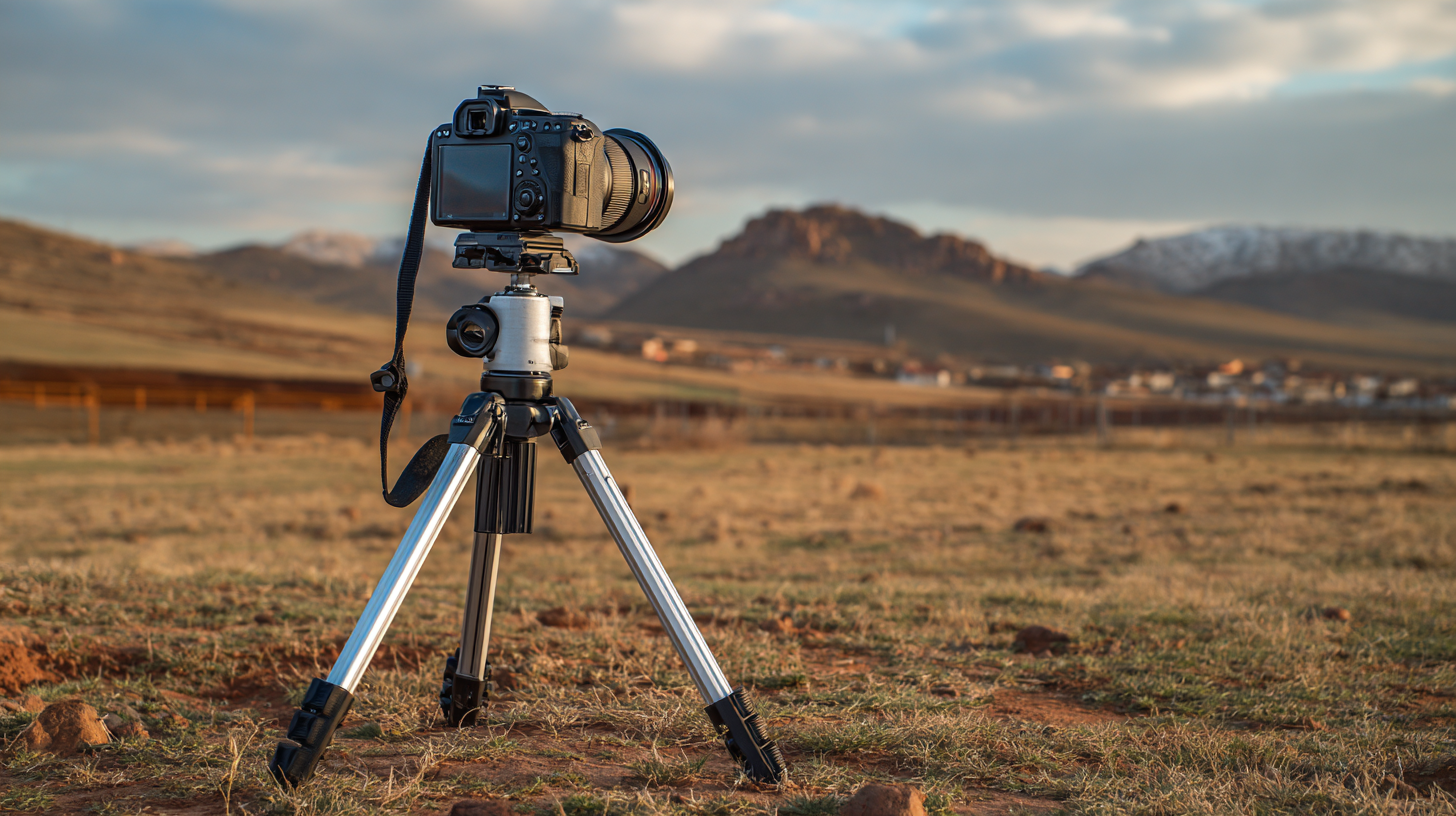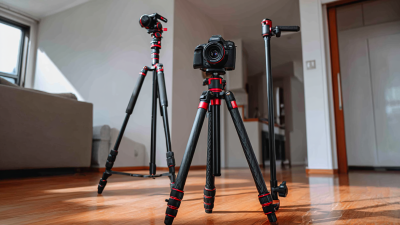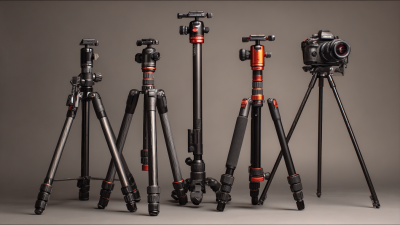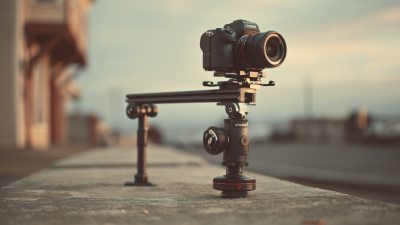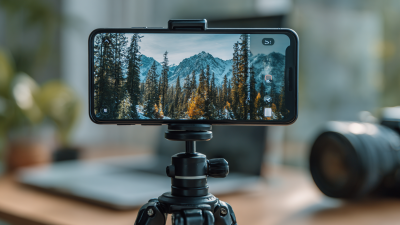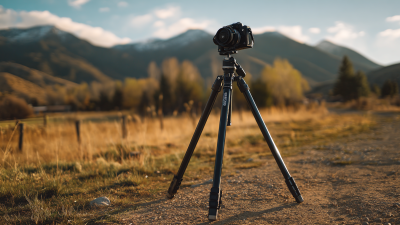In the world of photography, the importance of a sturdy and reliable gear can never be overstated, particularly when it comes to choosing a Professional Tripod. Recent studies reveal that nearly 70% of photographers consider the stability provided by a tripod as a critical factor influencing the quality of their images (Source: Photography Insights Report 2022). As many photographers aspire to capture breathtaking landscapes or intricate studio shots, the right tripod can make all the difference, allowing for longer exposure times and improved composition. However, with a plethora of options available on the market, selecting the perfect Professional Tripod tailored to your specific needs can feel overwhelming. This blog aims to guide you through seven essential tips designed to simplify the decision-making process and ensure your next investment enhances your photography skills significantly.
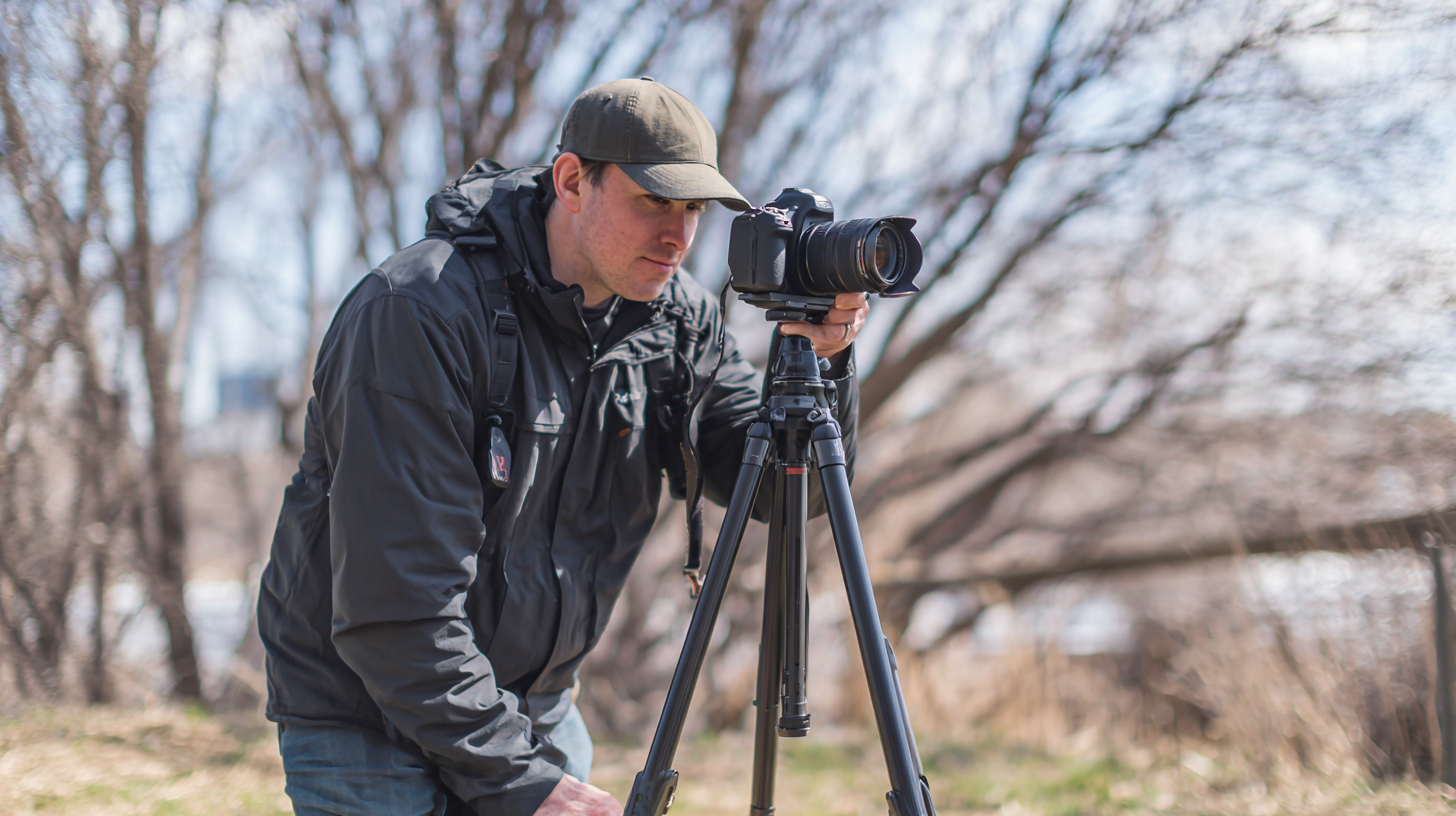
When selecting a professional tripod, understanding the various types and their key features is crucial for any photographer. Tripods generally fall into three main categories: lightweight travel tripods, robust studio tripods, and versatile all-weather tripods. According to a recent report by the Camera and Imaging Products Association (CIPA), the demand for lightweight tripods has surged by over 30% in the last year as many photographers prioritize portability for travel. These tripods, made with aluminum or carbon fiber, offer a balance between stability and ease of transportation, making them ideal for landscape and travel photography.
In contrast, studio tripods often feature heavier materials and more robust designs. Research shows that professional photographers still prefer heavier tripods for studio work due to their stability and ability to withstand the setup of larger cameras and lenses. For instance, a study by the International Photographic Council (IPC) revealed that 75% of professional photographers agree that a sturdy tripod greatly enhances image sharpness during long exposures. Lastly, all-weather tripods are designed with weather-resistant materials and sealed components, making them indispensable for outdoor photographers who may face harsh conditions. Ensuring that you choose the right tripod type aligned with your photography needs can significantly improve your shooting experience and outcomes.
This bar chart illustrates the weight of various tripod types commonly used by photographers. Choosing the right tripod involves considering the weight, which directly impacts portability and ease of use during outdoor shoots.
When selecting a professional tripod, one of the key aspects to consider is its weight capacity. This factor directly influences your ability to securely support your camera and any attached accessories. Each tripod has a specified maximum weight limit, and exceeding this can compromise stability, leading to blurry images or even damage to your gear. To make an informed choice, evaluate the combined weight of your camera body, lens, and any additional equipment, like flash units or microphones. This will help you find a tripod that not only meets but exceeds your needs, ensuring safety and performance.
Additionally, think about future upgrades to your photography setup. If you plan on investing in heavier equipment, it’s wise to select a tripod with a higher weight capacity than you currently require. This foresight ensures your tripod remains a valuable asset as your photography evolves. Lightweight materials can also play a crucial role in balancing weight capacity with portability, allowing you to carry your tripod comfortably without sacrificing its strength. Ultimately, matching your tripod with your gear will enhance your photography experience, enabling you to shoot with confidence.
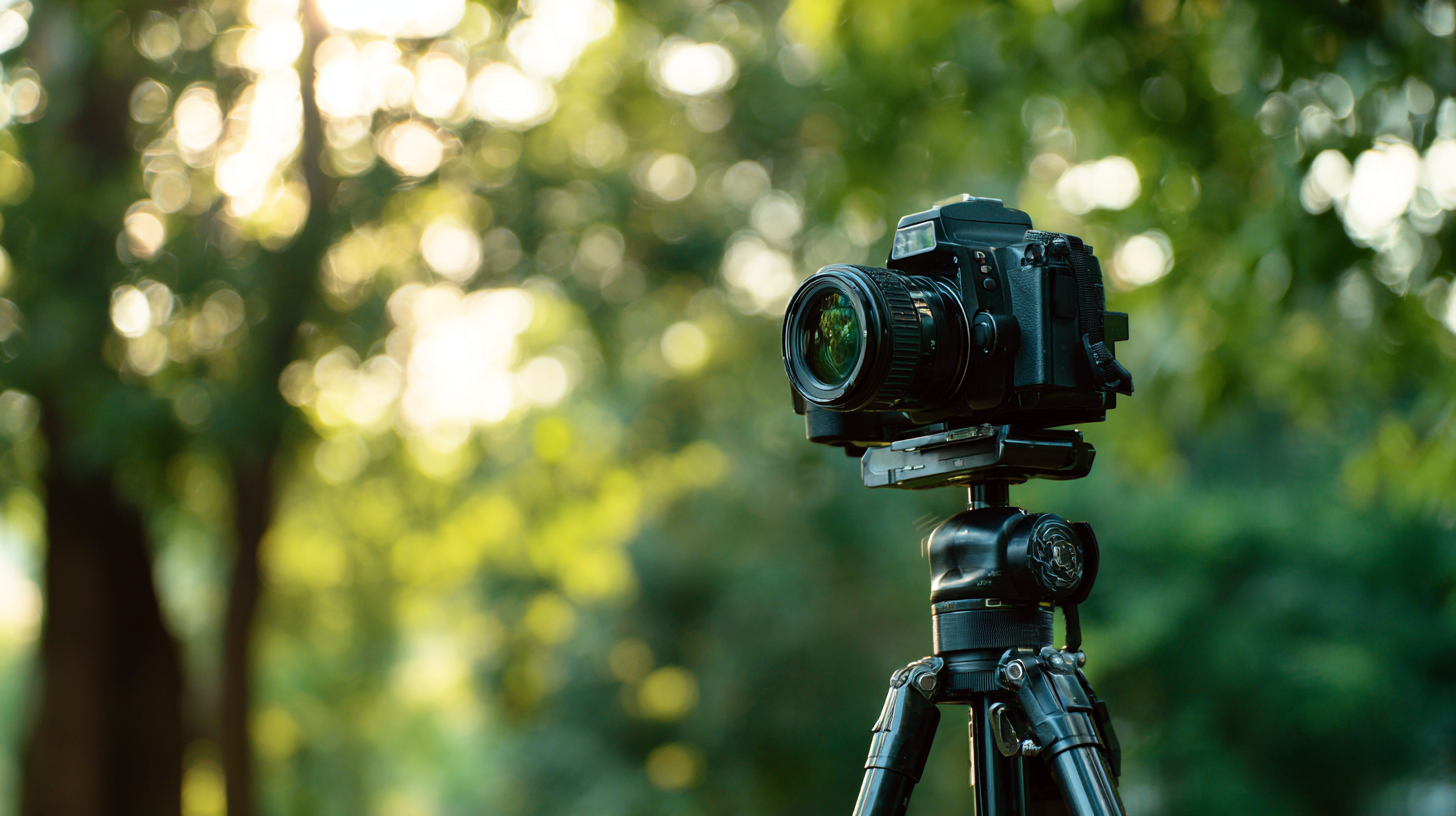
When selecting a professional tripod, the material significantly impacts not only its weight but also its overall stability and durability. Aluminum and carbon fiber are the two most common materials, each with its own advantages. Aluminum tripods are generally more affordable and offer excellent sturdiness. They are robust and handle rough conditions well, making them a popular choice for outdoor photographers who require equipment that can withstand the elements. However, they can be heavier, which may be a consideration for those needing to carry their gear over long distances.
On the other hand, carbon fiber tripods have gained popularity among serious photographers due to their exceptional strength-to-weight ratio. They are significantly lighter than aluminum tripods, allowing for greater portability without sacrificing stability. This is especially beneficial for travel or wildlife photography, where every ounce counts. Additionally, carbon fiber absorbs vibrations better than aluminum, delivering steadier shots in challenging conditions. While they often come at a higher price point, the investment can be worthwhile for those who prioritize mobility and performance in their photography gear.
When selecting a professional tripod, height adjustability and versatility are critical factors that can greatly enhance your photography experience. A tripod with adjustable heights allows you to shoot from various angles and perspectives, giving you the freedom to capture stunning compositions. Look for tripods with a wide height range, and pay attention to the locking mechanisms to ensure stability at any height. A well-designed tripod will enable you to effortlessly switch between low-angle shots and elevated perspectives, making it an indispensable tool for landscape, portrait, and event photography.
Versatility is another essential quality in a tripod. Consider models that offer interchangeable heads, allowing you to switch between ball heads, pan-tilt heads, or gimbal heads as needed. This feature not only increases your tripod's range of functionality but also simplifies transitions between different shooting styles. Additionally, some tripods come with features like multi-angle leg adjustments or the capability to convert into monopods, providing even more creative options. By choosing a tripod that excels in both height adjustability and versatility, you can tailor your gear to fit any shooting scenario, ensuring that you’re always prepared to capture the perfect shot.
When investing in a professional tripod, selecting the right accessories can significantly enhance your photography experience. One of the most important add-ons is a sturdy tripod plate. This accessory ensures quick and secure attachment of your camera while allowing for seamless transitions between shots. Look for plates that are compatible with your camera model and have a robust build to withstand heavy equipment. Additionally, consider using a quick-release plate, which can save you precious time in the field.
Another valuable accessory is a tripod head, which plays a crucial role in achieving smooth movements and precise adjustments. There are various types of heads available, such as ball heads for fluid motion or pan-tilt heads for more controlled framing. Depending on your photography style, you might also consider a fluid head if you’re planning to shoot videos, as it provides a level of stability and ease of panning that is essential for dynamic scenes. Adding a weight hook can further improve stability, allowing you to hang a bag or other weight beneath the tripod. These small yet effective accessories can make a world of difference, ensuring that your tripod remains steady and your shots are flawless.
